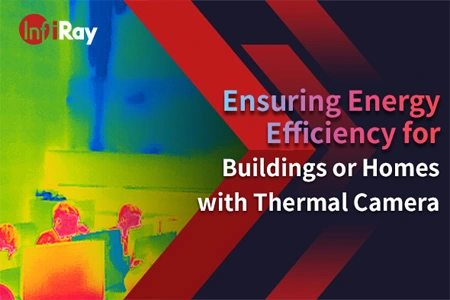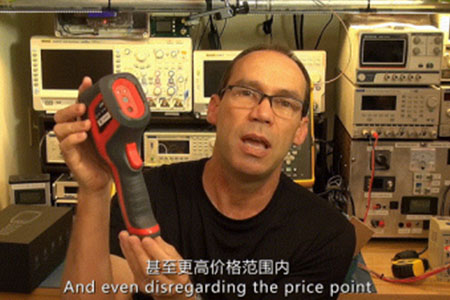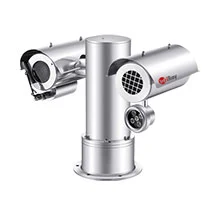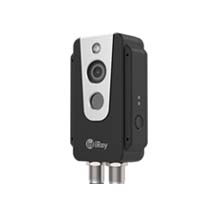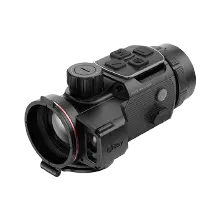Does the Distance Range of Thermal Imaging Really Matter?
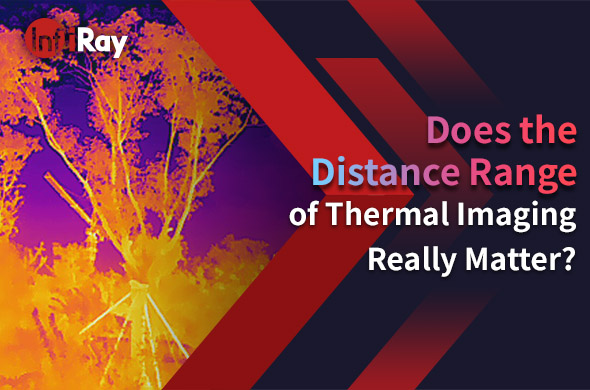
Thermal imaging has become an indispensable tool in various fields, from security and surveillance to medical diagnostics. One critical aspect that often determines the effectiveness of thermal imaging is the distance range.
Understanding Thermal Imaging Distance Range
Definition and Basics
Before delving into the importance of distance range, let's establish a foundational understanding of thermal imaging. Thermal camera, also known as infrared imaging, captures the heat emitted by objects to create images. This technology operates in the infrared spectrum, allowing it to detect temperature differences.
Distance range refers to the maximum distance at which a thermal imaging device can effectively capture and interpret thermal data. This range varies among devices and is influenced by factors such as sensor technology, environmental conditions, and the properties of the objects being observed.
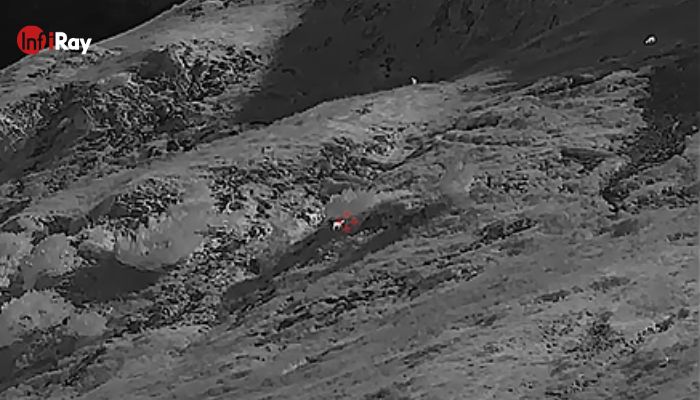
Applications of Thermal Imaging
Security and Surveillance
Thermal imaging is widely used in security and surveillance systems. The ability to detect heat signatures in complete darkness provides a significant advantage. The distance range plays a crucial role in identifying potential threats at a distance, allowing for proactive security measures.
Industrial Inspections
In industrial settings, thermal imaging is employed for inspecting equipment and detecting anomalies in machinery. The distance range determines the coverage area, enabling maintenance personnel to identify issues before they escalate. This is particularly important in large industrial facilities.
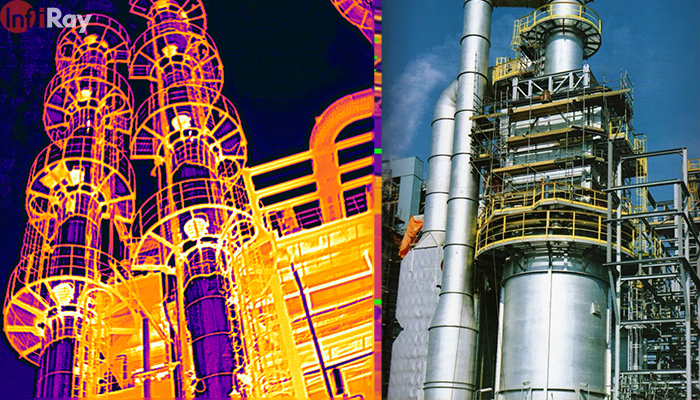
Search and Rescue Operations
Thermal imaging is a vital tool in search and rescue missions. The capability to locate heat signatures, such as a person stranded in a remote area, is directly influenced by the distance range. A wider range increases the effectiveness of these operations, especially in expansive or challenging terrains.
Medical Diagnostics
In the medical field, thermal imaging assists in diagnosing various conditions by detecting changes in body temperature. The distance range is crucial for capturing accurate thermal data from patients, ensuring the effectiveness of diagnostic procedures.
Automotive Safety
Automotive applications of thermal imaging include night vision systems and the detection of pedestrians or animals on the road. A sufficient distance range allows for early detection of potential hazards, enhancing overall safety on the road.
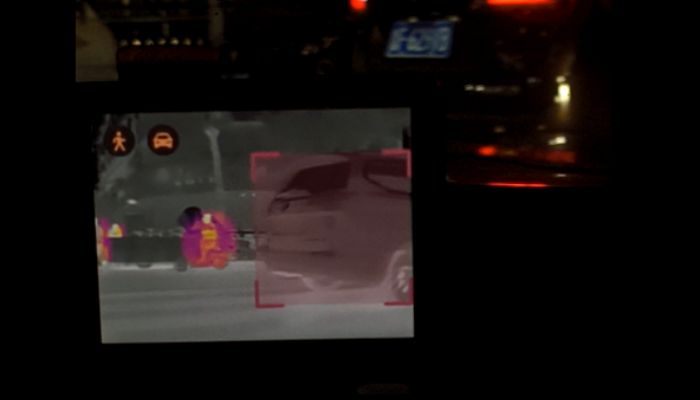
The Impact of Distance Range on Performance
Clarity and Resolution
A longer distance range contributes to clearer and more detailed thermal images. Higher resolution at greater distances ensures that users can distinguish between objects and identify potential issues with precision.
Identification of Objects
The ability to identify objects accurately is essential in many applications. Whether it's recognizing a person in a surveillance feed or pinpointing a malfunctioning component in industrial equipment, a suitable distance range is critical for reliable identification.
Detection of Potential Threats
In security applications, the timely detection of potential threats relies on the distance range of thermal imaging devices. A broader range allows for a more extensive surveillance area, reducing blind spots and enhancing overall security measures.
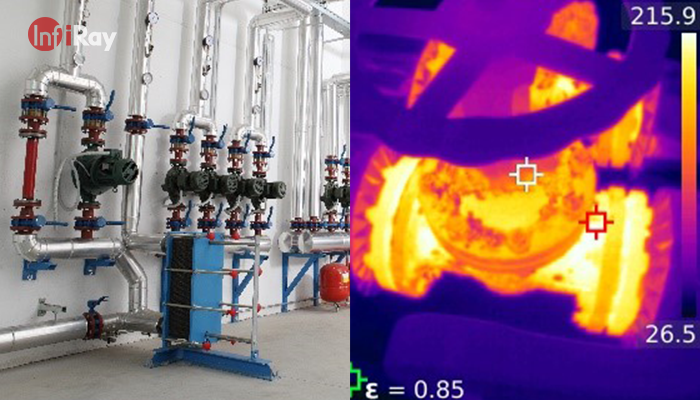
Considerations for Choosing Thermal Imaging Devices
Matching Distance Range to Application Needs
When selecting a thermal imaging device, it's crucial to match the distance range to the specific requirements of the intended application. Consider factors such as the size of the area to be covered and the desired level of detail in thermal imaging.
Cost-Benefit Analysis
While a more extended distance range often translates to a higher cost, it's essential to conduct a cost-benefit analysis. Evaluate the potential impact of a broader range on the success of your applications to determine the most suitable investment.
Future-Proofing Investments
Given the rapid advancements in thermal imaging technology, consider future-proofing your investments. Opt for devices with modular designs or those that allow for firmware updates to adapt to evolving needs and technological improvements.
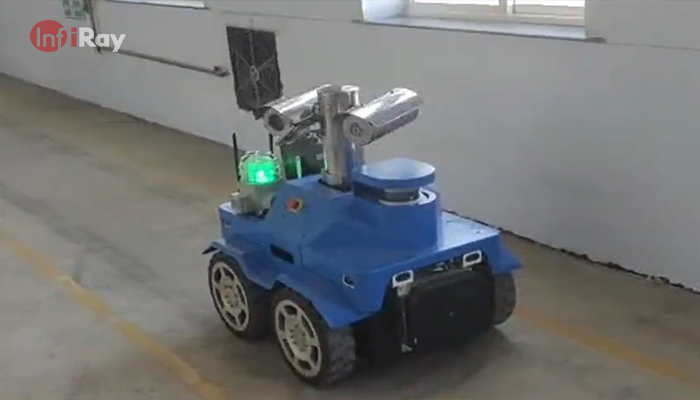
The distance range of thermal imaging indeed matters, playing a pivotal role in the technology's effectiveness across different applications. Whether it's ensuring security, enhancing industrial inspections, or aiding in medical diagnostics, choosing the right thermal imager device with an appropriate distance range is paramount.
By understanding the impact of distance range on performance, considering specific application needs, and staying informed about technological advancements, users can make informed decisions when investing in thermal imaging solutions.

 français
français  Deutsch
Deutsch  Español
Español  italiano
italiano  русский
русский  português
português  العربية
العربية  日本語
日本語  한국어
한국어  magyar
magyar 






